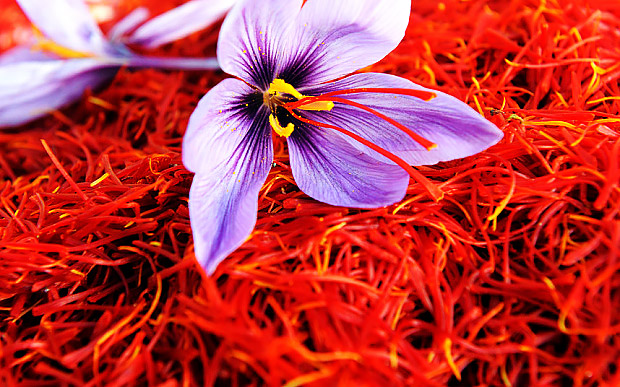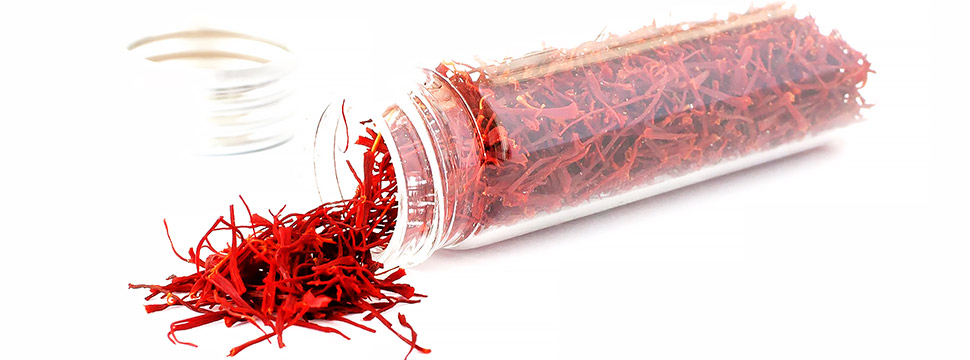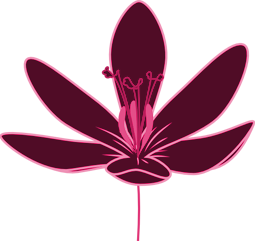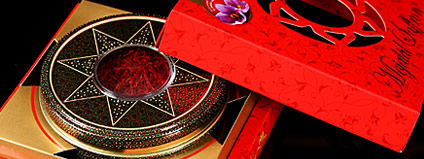Saffron Uses
Multiple-gold

Because of its flavor, odor, color, and its therapeutic qualities, saffron has multiple and common uses in food industry, pastry, and pharmacology.
Food industry
With the growing trend of using natural additives instead of chemical substances, the use of saffron has been on the rise. For example, saffron has been used in some food industries for the production of sausages and margarine. It is also used in dairy factories to produce all kinds of cheese, butter, and so on. Its use extends to the production of a variety of desserts, fruit cakes, and cake powders. Besides, saffron is also used as a flavoring and coloring agent for the production of hot (saffron tea, saffron milk) and cold (saffron beverage, ice cream, jelly) drinks. It is also used in the production of candy, fruit cakes, dessert, muffins, and baking powder.

Persian cuisine is almost impossible without some use of saffron. For example, one cannot imagine cooking chicken tahchin without saffron. Saffron is the key ingredient in the preparation of traditional cakes and sweets such as Qom’s sowhan (sweet), Shiraz’s masqati (kind of delicacy), Yazd’s halwa, Kermanshah’s bread, Khuzestan’s ranginak (kind of dessert),and Lorestan’s date muffins.
Indians and Arab are the main consumers of saffron. Arabic coffee must have saffron and cardamom. Indians use saffron in their famous biryani.
In Italy and Switzerland, saffron is used for cooking riostto. In Italy, the regional risotto alla
milanese is famous. The French are also familiar with saffron and make use of it in their cuisine. In Spain, one can hardly imagine to have quality paella valencians without a good amount of saffron. Similarly, in Germany and England, saffron makes a namesake cake: a treat to remember.



